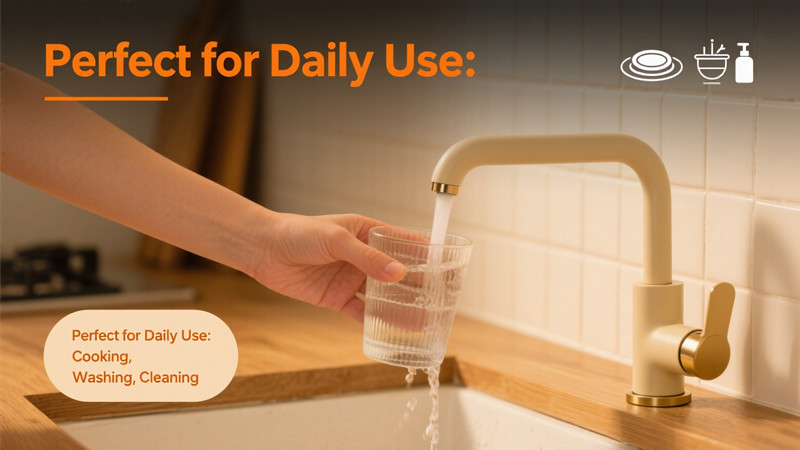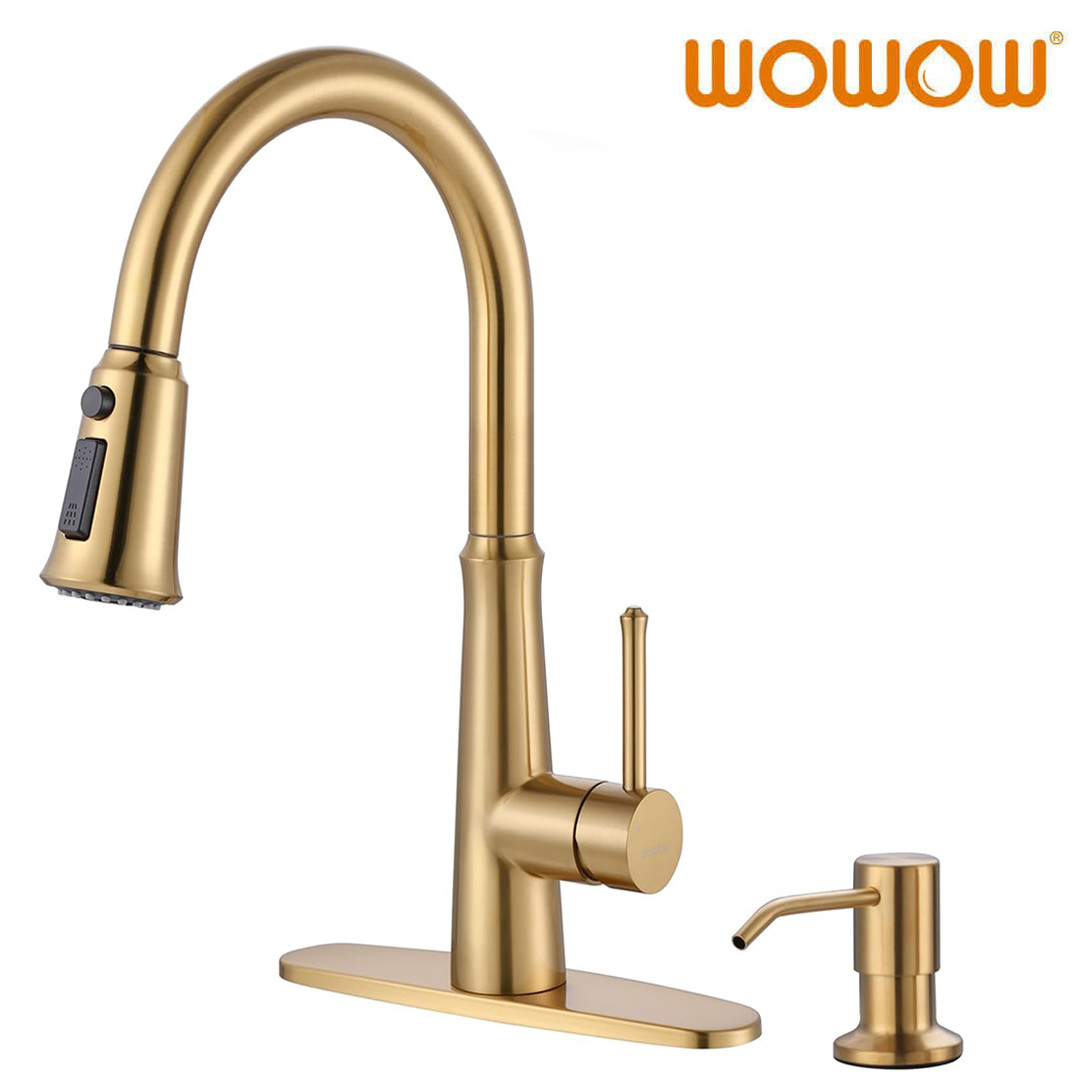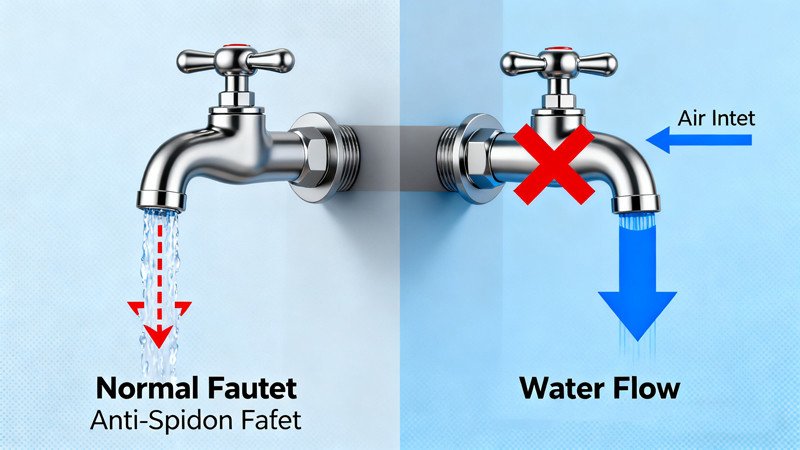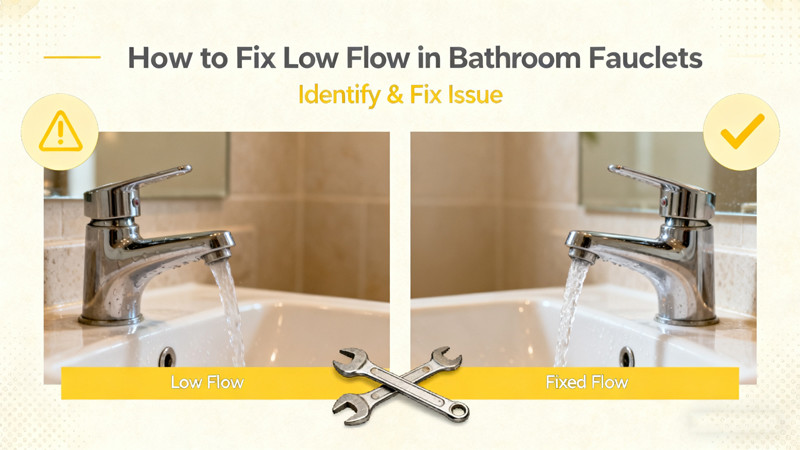When most people think about faucets, they usually focus on style, finish, or water efficiency. While these are all important, one factor that often gets overlooked is ergonomics. An ergonomic faucet is designed to work with the natural movements of your body, making everyday tasks easier and more comfortable. For individuals who spend a lot of time in the kitchen or bathroom—or those who deal with joint pain, arthritis, or limited mobility—the right faucet can make a huge difference.
In this post, we’ll explore what makes a faucet ergonomic, how it reduces hand strain, and why it might be one of the smartest upgrades you can make for your home.
What Does “Ergonomic” Mean in Faucet Design?
The term ergonomic refers to products designed for efficiency, comfort, and ease of use. In faucets, ergonomics often means:
- Handle Design – Lever handles are easier to operate than traditional knobs because they require less twisting motion. A slight push up, down, or sideways is often enough to turn the water on or off.
- Handle Placement – Ergonomic faucets place handles in accessible positions, minimizing awkward reaching or bending.
- Motion Efficiency – Faucets with smooth, responsive controls reduce the effort needed to adjust temperature or flow.
- Hands-Free Options – Touchless faucets, which activate with a wave of the hand, eliminate the need for gripping entirely.
By focusing on these elements, ergonomic faucets reduce repetitive strain and make daily tasks more comfortable.
How Traditional Faucets Cause Hand Strain
Standard knob-style faucets, while functional, can contribute to unnecessary stress on the hands and wrists. Here’s why:
- Repetitive Twisting Motions – Turning knobs requires constant wrist rotation, which can be painful for people with arthritis or carpal tunnel syndrome.
- Inconsistent Resistance – Older faucets often have stiff or worn-out mechanisms, forcing users to apply extra pressure to get the water flowing.
- Awkward Positions – Some faucet handles are positioned too close to the backsplash or too high for comfortable use, leading to unnatural wrist angles.
- Grip Requirements – Round knobs require a firm grip to operate, which isn’t ideal for children, elderly users, or people with weaker hands.
These factors may not seem like a big deal for someone with healthy joints, but over time, even small repetitive stresses can add up.
The Benefits of Ergonomic Faucets
1. Reduced Strain on Joints
Lever handles and touchless systems eliminate the need for twisting and gripping. A gentle push or wave activates the faucet, which is far easier on the fingers and wrists.
2. Improved Accessibility
Ergonomic faucets are particularly helpful for households with elderly family members or anyone living with limited mobility. They allow people to maintain independence in daily activities like washing dishes or brushing teeth.
3. Faster, Easier Control
Instead of struggling with stiff knobs, ergonomic faucets provide smooth, intuitive control. This saves time and effort during routine tasks.
4. Safer for Kids
Children often struggle with traditional knobs, especially when they’re tight or slippery. Lever handles and touchless designs make it easier for kids to wash their hands without assistance.
5. Better Hygiene
Touchless ergonomic faucets reduce the need to touch handles altogether, minimizing the spread of germs in kitchens and bathrooms.
Who Benefits Most from Ergonomic Faucets?
While everyone can appreciate the comfort of an ergonomic faucet, certain groups benefit more significantly:
- Seniors – Reduced grip strength and joint stiffness make traditional knobs difficult to use.
- People with Arthritis or Carpal Tunnel – Lever and touchless designs minimize painful hand movements.
- Families with Children – Easy-to-use faucets encourage healthy habits like frequent handwashing.
- Home Chefs – Anyone who spends hours cooking and cleaning will appreciate less strain during repetitive tasks.
Key Features to Look for in an Ergonomic Faucet
If you’re considering upgrading to an ergonomic faucet, here are some important features to prioritize:
- Single-Lever Design – A single handle for both hot and cold water requires less effort than dual handles.
- Smooth Motion Control – Look for high-quality cartridges that provide fluid, responsive movement.
- Optimal Handle Placement – Side-mounted or front-mounted handles are easier to access than those placed directly behind the faucet.
- High-Arc Spouts – These create more room to maneuver pots, pans, and hands without awkward bending.
- Touchless Operation – For maximum comfort, choose a motion-activated faucet.
- Temperature Safety Controls – Anti-scald features prevent sudden hot water surges, reducing the need for fast adjustments.
Real-Life Examples
Imagine a home cook preparing dinner. With a traditional knob faucet, they may turn the handles dozens of times in a single evening—filling pots, rinsing vegetables, washing hands. That repetitive wrist action can leave hands sore.
Now picture the same routine with a single-lever or touchless ergonomic faucet. Instead of twisting and gripping, a light push or wave activates the flow. Over weeks and months, that small reduction in effort translates into significantly less strain.
Similarly, for an older adult with arthritis, an ergonomic faucet isn’t just convenient—it’s the difference between needing help and being independent in their own kitchen or bathroom.
Long-Term Value of Ergonomic Faucets
At first glance, ergonomic faucets may cost more than traditional models. However, the investment often pays off in several ways:
- Lower Healthcare Impact – Less strain on hands and joints helps reduce discomfort associated with repetitive stress injuries.
- Extended Independence – Seniors and people with mobility issues can perform daily routines without outside assistance.
- Durability – Higher-quality ergonomic faucets are often built with better internal components, meaning they last longer.
- Increased Home Value – Modern buyers appreciate accessibility features and smart design upgrades.
Final Thoughts
Faucets are one of the most-used fixtures in every home. Choosing an ergonomic design isn’t just about convenience—it’s about improving comfort, accessibility, and long-term health. By reducing hand strain, ergonomic faucets support people of all ages and abilities, making everyday tasks easier and more enjoyable.
If you’re planning a bathroom or kitchen upgrade, don’t overlook this small but impactful detail. An ergonomic faucet could very well become your favorite home improvement—one that pays off every single time you turn on the water.
 WOWOW Faucets
WOWOW Faucets





